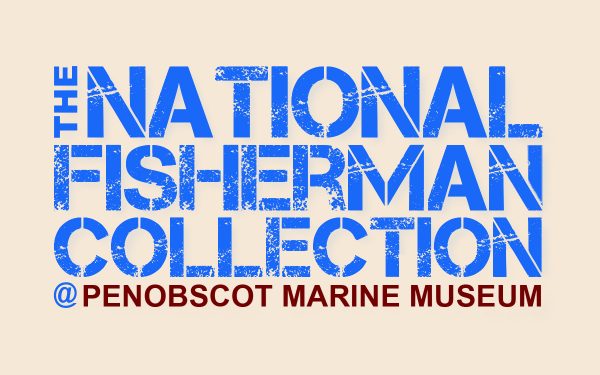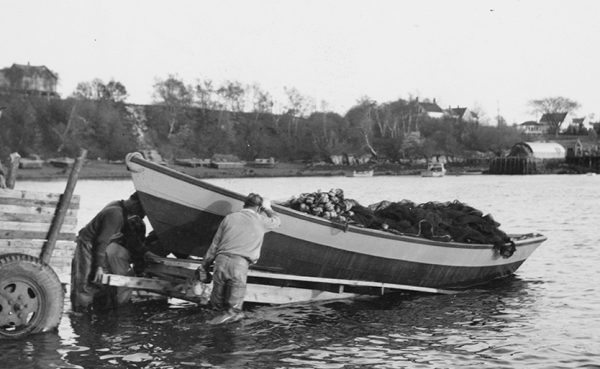This Guide Post shows methods of harvesting fish: fin fish and shrimp with nets; oysters with tongs and dredges. These images are but a small sample of what’s available in Penobscot Marine Museum’s National Fisherman collection.
—————–Kevin Johnson, Photo Archivist, Penobscot Marine Museum.
. . . sign up to the right to get immediate access to this full post,
plus you'll get 10 of our best videos for free.
Get Free Videos& Learn More Join Now!!for Full Access Members Sign In




Ben Fuller says:
6069 is interesting; it was used at the advertising photo for US Rubber’s new hoses used with new fangled fish pumps. No dipping needed.
Joseph Greeley says:
On a minor editorial note: on the next to last picture I think you meant ‘better’ and ‘calm’ rather than ‘beeter’ and ‘clam’ . . .
Maynard Bray says:
Thanks for spotting and mentioning these typos which are now fixed.
Bruce LePage says:
Very beautiful,I rember many of this ! Please, much more, and thank you very much!